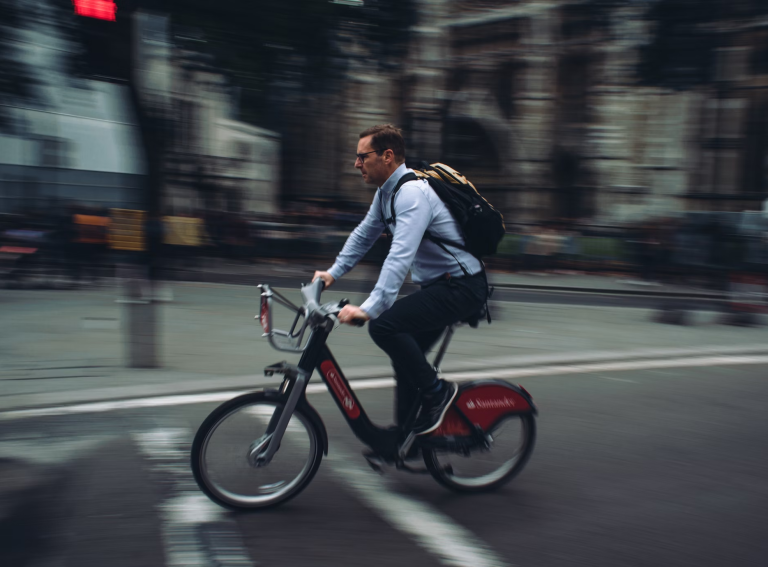The European Declaration on Cycling was signed today in Brussels marking a historic milestone for cycling.
One of the most ambitious EU-level policy initiatives on cycling to date, the declaration sets out 36 commitments to recognise cycling as a strategic priority across the EU.
The signing marks a final approval of the European Declaration on Cycling draft which was unveiled by the European Commission in October last year.
“A written commitment from the EU signed by all EU Transport Ministers to step up cycling policies means that cycling policies enacted at all levels, whether European, national, regional or local, have an EU-level ‘anchor’”, Jacques Lovell, Industry Manager of Cycling Industries Europe which represented the cycling sector at the event, told Zag Daily.
“It encourages all levels of governance to adopt pro-cycling measures and renders it more complex to backtrack on cycling policies which is something we see frequently enough in cities.”
Kristian Brink, President of Cycling Industry Europe’s Bike Share Expert Group, believes that the signing marks the creation of a master plan that other EU countries can replicate in their legislations.
“The EU works as a waterfall: meta-plans like transport strategies or tech regulations are taken at Commission and Parliamentary level, and then they cascade down to states, regions, cities, and towns,” he said.
“It’s a historic moment for an industry that was always considered a ‘complement’ to public transport. Now, private cycling is aligned with the rest of mobility choices and puts it at the same level of legal dignity as a car, just more environmentally friendly.
“For decades, Europe has been monitored by the automobile industry and tax benefits as well as supply-chain incentives that have been strategically targeted at that sector under the understanding that this was for ‘the public good’.
“Now, for the first time, cities and regions will have a different kind of public good to look up to when scouting for guidance on new mobility masterplans: cycling. This is the first time it has ever happened.”
Economic potentials
Representing the cycling business sector was Cycling Industries Europe’s President Tony Grimaldi who joined the 27 European Transport Ministers to deliver a keynote speech on the economic potential of cycling.
Tony projects over one million new jobs will be created in the EU cycling industry by 2030. According to Jacques, the bulk of job growth will come from the development of cycling services.
“Services, like tourism which employs roughly 12 million people in Europe, are labour intensive and jobs are often non-relocatable,” Jacques said.
“There is also a constant increase in bicycles assembled in Europe: this is creating jobs in itself, and if combined with the upcoming wave of EU regulatory requirements regarding sustainability and circularity and increased awareness within the industry about being close to where products are sold, we expect manufacturing jobs to steadily increase.”
Kristian not only forecasts economic growth from the creation of cycling jobs, but also from the pedestrianisation of public spaces.
“Time and time again, studies report that the pedestrianisation of city spaces, together with the vacuum that is left by car parking taken back by the people, are promoting not just liveable streets but actual economic blossoming of small and medium enterprises, which are able to sell to people on bikes that are able to stop and consume.”
Next on the agenda
With the upcoming EU elections in June, Cycling Industries Europe is working to ensure that the 36 commitments in the Declaration materialise.
“Our key focus will be about ensuring that: more EU funding going towards infrastructure, purchasing premiums and the development of cycling businesses,” Jacques said.
“Over the past five years, we have built momentum for EU level cycling policy support. The next five years will be about intensifying this momentum and capitalising on it.”










